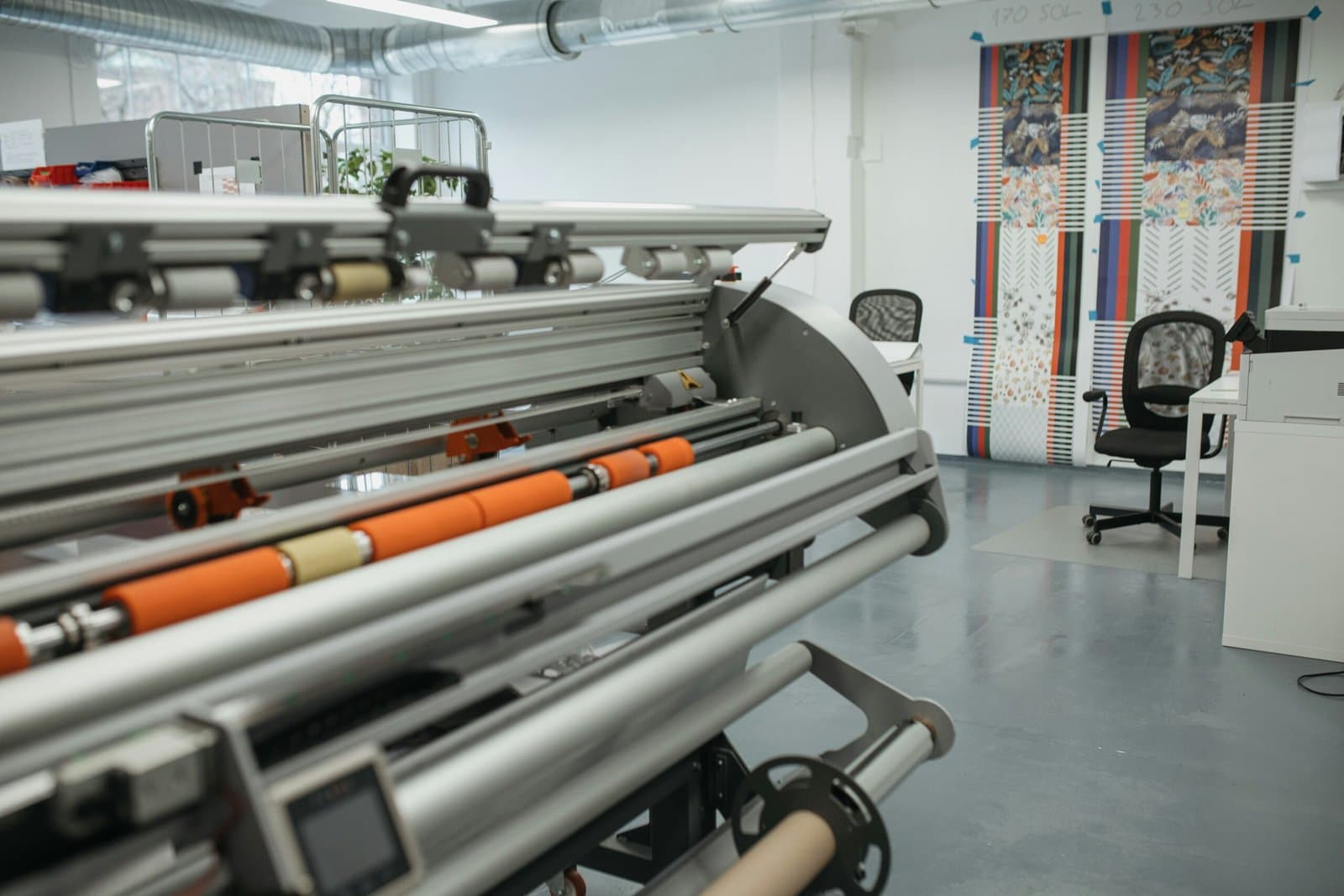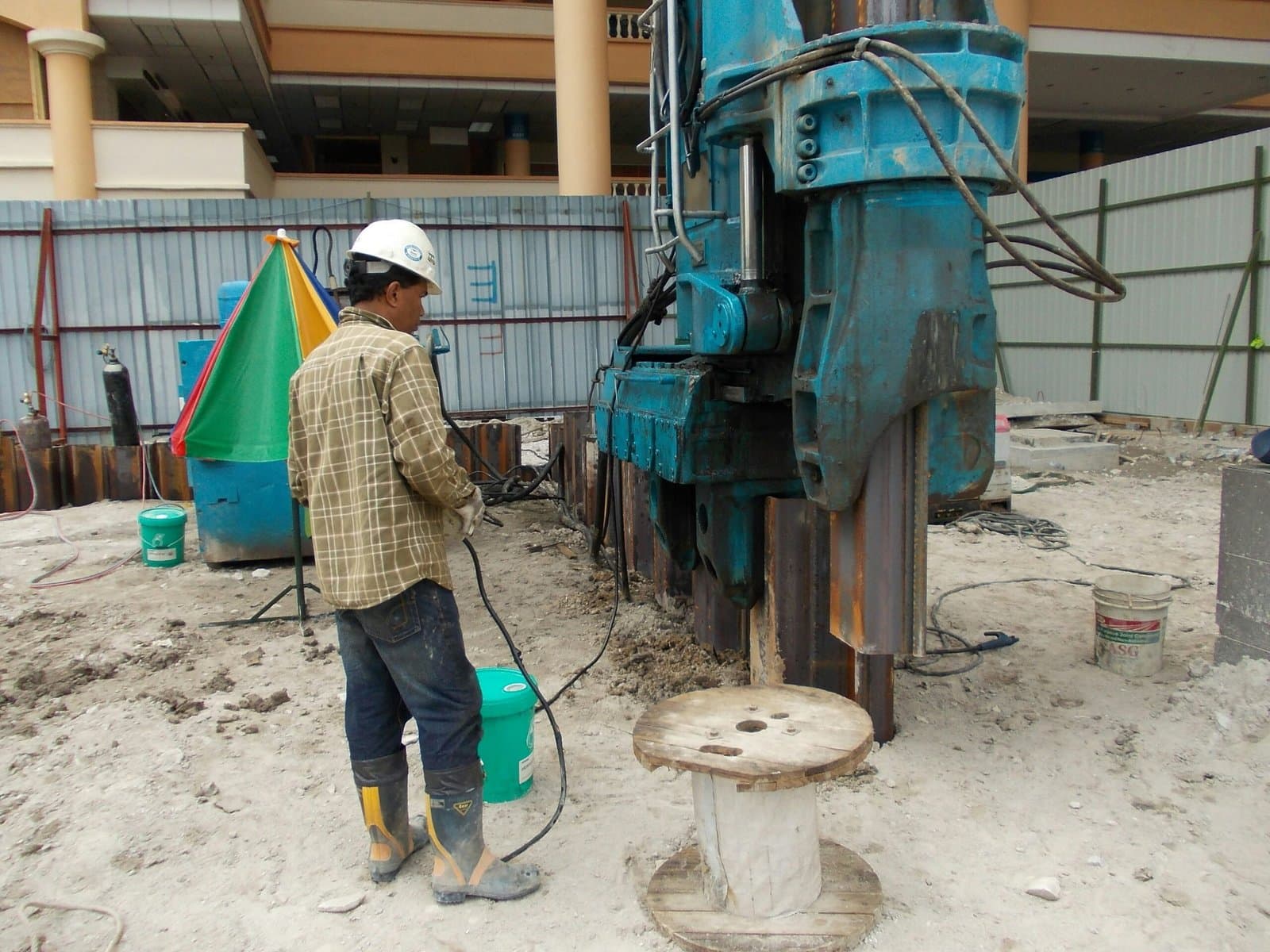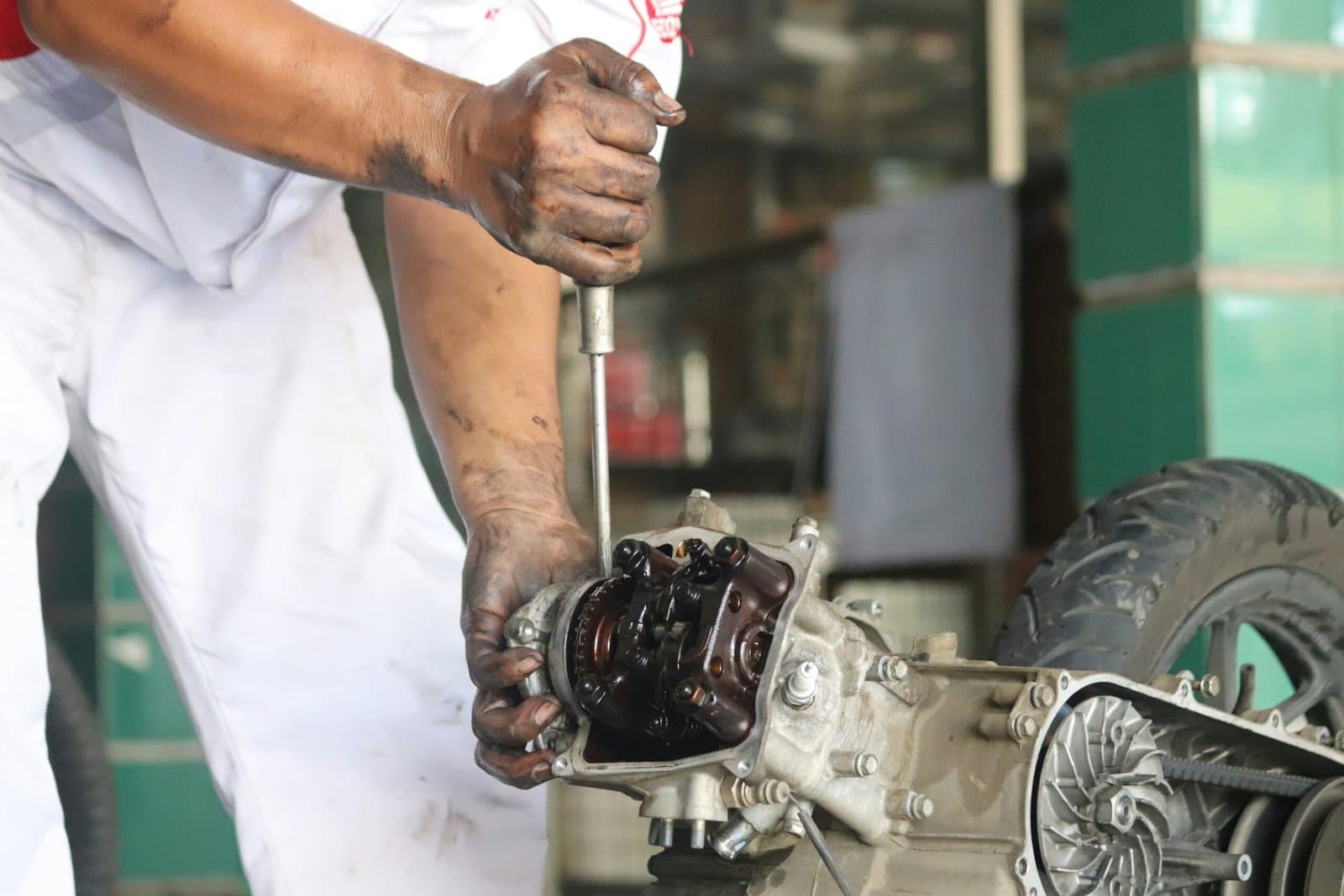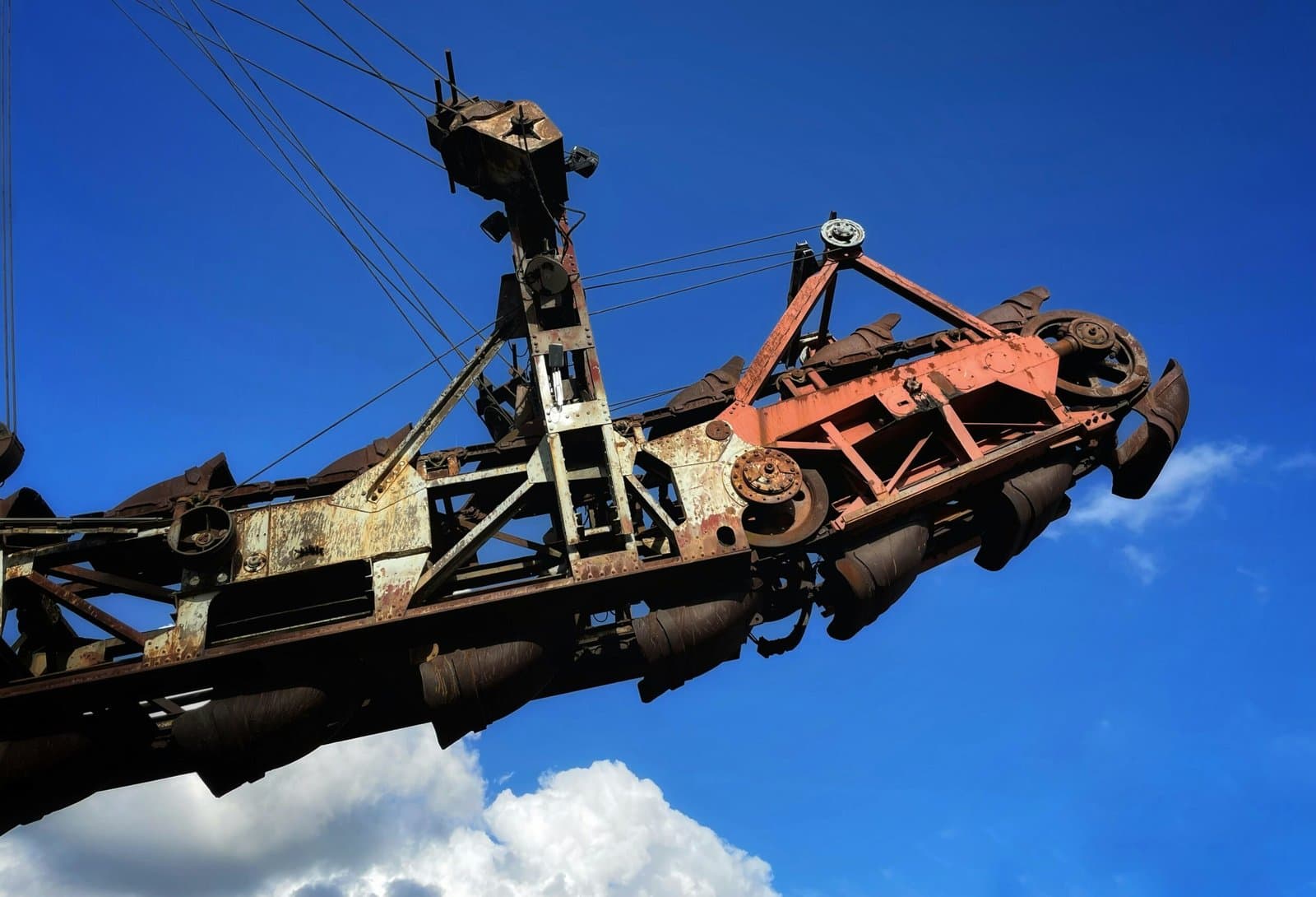Asset Recovery Strategies: Turn Surplus Equipment & Materials into Profit

When equipment, tools, or materials are no longer in use, they’re often considered a burden. But with a strategic approach to asset recovery, these unwanted items can transform into a source of revenue, reduce waste, and improve operational efficiency. Whether you’re downsizing, relocating, or simply cleaning house, understanding the art of asset recovery can give your bottom line a healthy boost.
In this guide, we’ll walk you through the key strategies for identifying, cataloging, valuing, and ultimately selling or repurposing surplus assets.
1. Identifying Unused or Underutilized Assets
The first step in asset recovery is recognizing what you have that’s no longer serving a purpose. This includes:
-
Obsolete machinery or parts
-
Outdated technology or electronics
-
Extra inventory or overstocked materials
-
Unused office furniture or facility equipment
Regular audits and walk-throughs of storage areas and production floors can help uncover these forgotten items. Encourage department heads to review their areas and report anything idle or redundant.
2. Cataloging Assets for Recovery
Once assets are identified, proper documentation is essential. Create a centralized digital inventory that includes:
-
Item name and description
-
Make, model, and serial number
-
Condition (e.g., new, lightly used, functional, damaged)
-
Original purchase price and year acquired
-
Photos for verification and marketing
Using asset management software can streamline this process and reduce errors. A well-maintained catalog ensures nothing slips through the cracks and makes marketing the assets easier.
3. Valuing Your Assets Accurately
Valuation is a critical piece of the puzzle. To get the best return, consider:
-
Market Comparisons: Check auction sites and resale platforms for going rates on similar items.
-
Depreciation Schedules: Use accounting records to understand how much value has been lost over time.
-
Professional Appraisals: For specialized or high-ticket equipment, a professional appraiser may be worth the investment.
The goal is to strike a balance between a competitive price and realistic expectations based on the asset’s current condition and market demand.
4. Selling or Repurposing: Finding the Best Path
With your assets identified, cataloged, and valued, it’s time to monetize. You have several viable options:
Selling Options:
-
Online Marketplaces: eBay, GovDeals, and Facebook Marketplace are excellent for smaller items.
-
Industrial Auction Sites: EquipNet, IronPlanet, and BidSpotter cater to businesses and industry-specific buyers.
-
Direct Sales: Reach out to industry contacts, local businesses, or use LinkedIn for targeted outreach.
-
Liquidators: Asset liquidation companies can handle bulk or high-volume recovery for a fee.
Repurposing or Donating:
-
Internal Reuse: Transfer usable assets to another department or facility.
-
Refurbishing: Repair or upgrade equipment for resale or redeployment.
-
Donation: Consider donating to nonprofits or educational institutions for a tax write-off and goodwill.
5. Maximize Recovery with Clear Processes and Partnerships
To make asset recovery an ongoing success:
-
Create a recovery workflow: Build this into your decommissioning or end-of-project checklist.
-
Train your staff: Ensure everyone knows the value of asset recovery and how to report idle equipment.
-
Partner with asset recovery firms: Professionals can handle logistics, compliance, and selling, saving you time and hassle.
Why Asset Recovery Matters More Than Ever
With sustainability, cost-cutting, and supply chain flexibility in focus, asset recovery is no longer a niche process—it’s smart business. According to the Reverse Logistics Association, companies that implement formal asset recovery programs can recapture 3–5% of their capital expenditures annually.
Not only does this reduce waste and improve your financial standing, but it also supports your organization’s ESG (Environmental, Social, and Governance) initiatives.
Final Thoughts
What used to be considered junk might be gold in disguise. By embracing the art of asset recovery, companies can uncover new revenue streams, reduce environmental impact, and streamline operations—all while clearing out the clutter.
Need help recovering the value of your surplus assets?
Connect with an experienced asset recovery partner and start unlocking your hidden value today.
Newsletter
Don't miss a thing!
Sign up to receive daily news
Recent Posts

august 30, 2025
Decommissioning a Facility: How to Turn It into a Profitable Venture

august 25, 2025
Hydraulic Press Maintenance 101

august 18, 2025
Rigging Machinery: The Challenge of Moving and Installing Outdated vs. Modern Equipment

august 16, 2025
Conveyor System Maintenance: 5 Early Warning Signs of Failure

august 14, 2025
Predictive Maintenance: The Smarter Alternative to Costly Reactive Repairs

august 11, 2025